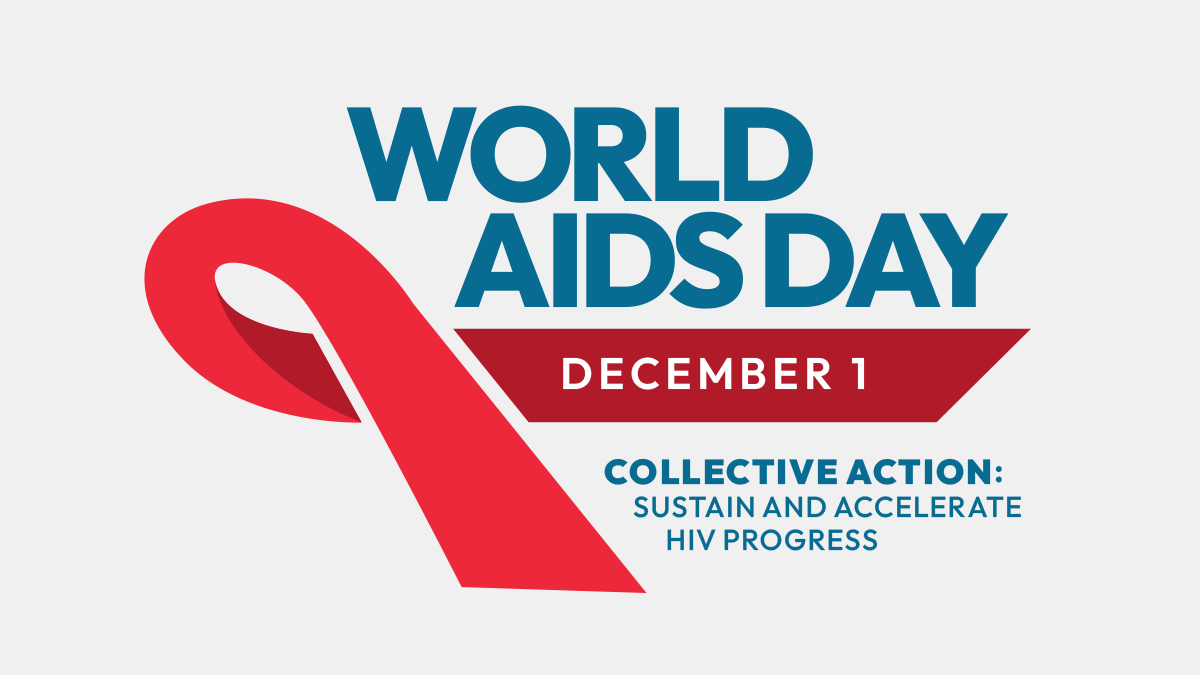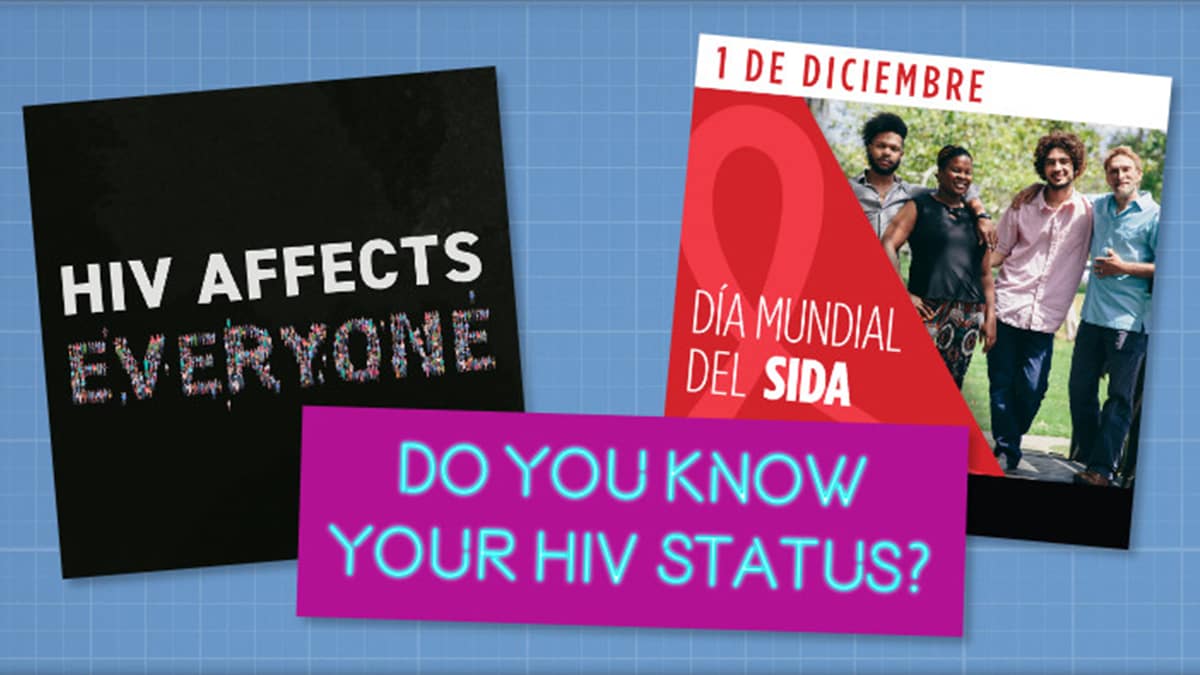What to know
World AIDS Day is an opportunity for every community and each individual to honor the more than 32 million people who have died worldwide from AIDS-related illness. December 1 is a day for voices to unite by sharing experiences, remembering those lost, and standing together in the fight against HIV.
Annual Observance
Dec 1, 2024
What is World AIDS Day?

Two World Health Organization (WHO) public information officers started World AIDS Day in 1988 as an international day for global health. Since then, it has been observed each year on December 1.
World AIDS Day is a day of solidarity for people around the world who are affected by HIV and for voices to unite by sharing experiences, remembering those lost, and standing together in the fight against HIV. The observance is also reserved as a day to bridge new and effective programs and policies across different sectors around HIV/AIDS.
While great strides have been made since the first known cases of AIDS were reported in 1981, the disease remains a public health challenge. World AIDS Day is an opportunity for individuals and communities to honor the more than 32 million people worldwide who have died from AIDS-related illness.
Every year, United Nations agencies, federal agencies, and societies from across the globe join together to campaign around specific themes related to HIV. To learn more about the History of World AIDS Day and see all the previous themes, visit the UNAIDS World AIDS Day page.
World AIDS Day partner pages
HIV: 40 years of progress

June 5, 2021, marked 40 years since the first official reporting, in CDC's Morbidity and Mortality Weekly Report (MMWR), of five cases describing what later became known as Acquired Immune Deficiency Syndrome (AIDS) and what is now HIV Stage III.
"HIV: 40 Years of Progress" is an online exhibition (developed by the David J. Sencer CDC Musuem in association with the Smithsonian Institution) exploring CDC's early response to the HIV epidemic. The exhibit offers a 40-year timeline documenting CDC's historic role in addressing the HIV epidemic in the United States and around the world. It also captures the personal experiences of public health experts who led the CDC investigations that shaped health care policy and saved millions of lives in the process.
Additional partners
Resources
World AIDS day digital toolkit

Ending the HIV epidemic starts with knowledge. CDC's World AIDS Day Digital Toolkit provides social media messages, videos, infographics, and other information to raise awareness of HIV among people worldwide and encourage them to get tested and know their prevention options. Resources are available in English and Spanish.
Use the hashtags #WorldAIDSDay and #StopHIVTogether to help spread the word.
Additional resources
- AtlasPlus (includes CDC's domestic HIV surveillance data)
- Fulfilling America's Promise to End the HIV/AIDS Pandemic by 2030 (PEPFAR)
- Global HIV and TB Resources
- HIV: 40 Years of Progress
- Let's Stop HIV Together
- National HIV/AIDS Strategy
